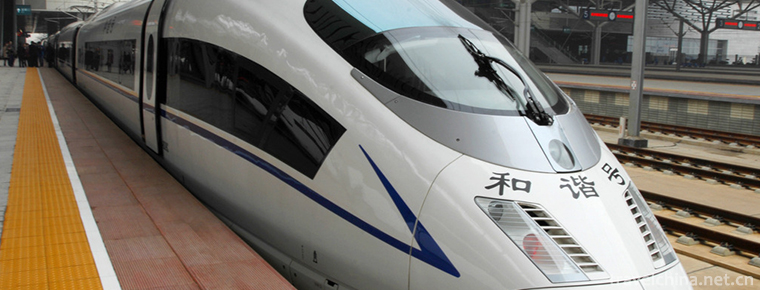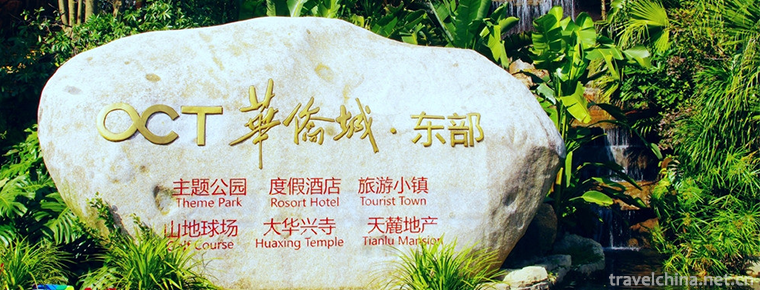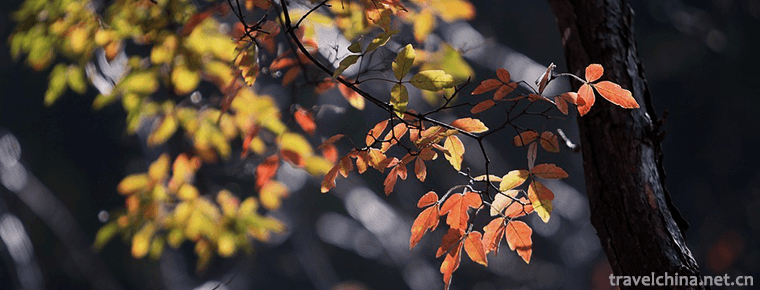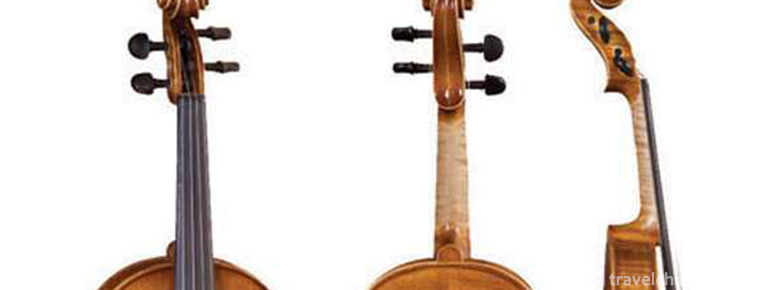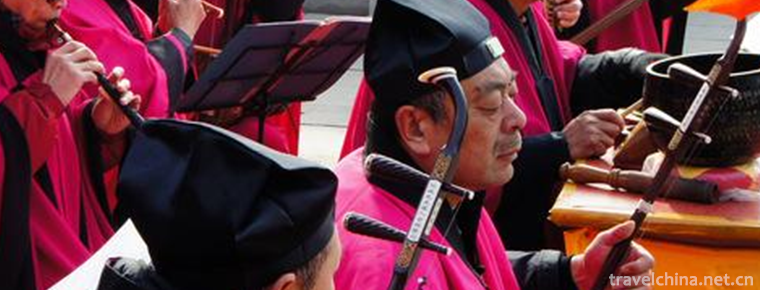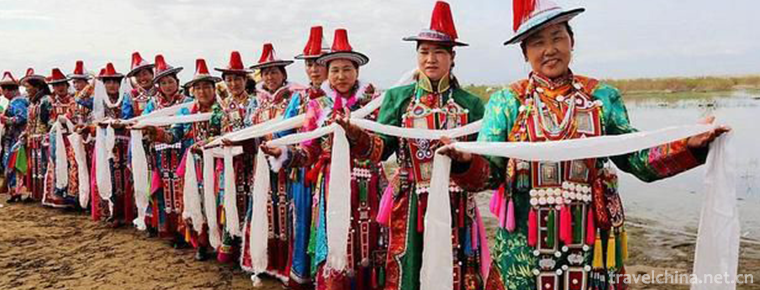Stone carving
Stone carving
Stone carving is a traditional Chinese folk micro-sculpture process. The peach stone, apricot stone, olive stone and walnut are carved into handicraft products, which have been listed in the second batch of national intangible cultural heritage list.
Jiangsu, Suzhou, Yangzhou, Shandong, Weifang, Guangdong, Zhejiang, Beijing, Hebei, Shijiazhuang, Liaoning and other places have nuclear sculptures, which are more distinctive.
In 2008, it was selected as the second batch of national intangible cultural heritage list.
Historical origin
Peach stone sculpture is often used in folk, and perforation is hanging on the body for the purpose of eliminating evil spirits. There are made into accessories, fan pendants, beads and so on for literati to play. Its artistic feature is that it shows complex themes on smaller kernels, and its carving techniques are meticulous and meticulous. There are poems or fishermen's music, hundred flower baskets, Arhat and other subjects engraved. There are nuclear sculptures in Jiangsu, Suzhou, Yangzhou, Weifang, Guangdong and other places.
The earliest exquisite nuclear sculpture, which was definitely found in the writings, was the object of the Ming Dynasty. "Qing Secret Collection" records a man named Xia Baiyan in Xuande Dynasty of Ming Dynasty. "Sixteen dolls can be engraved on olive nucleus, and their eyebrows are full of joy and anger. Or carved mother nine stings, lotus nine sparrows, their flighting and bending more or less, into a cubic inch of small nucleus. Wei Xueyu of the Ming Dynasty wrote The Record of the Nuclear Boat, describing the nuclear boat "Chibi Tour on the East Slope" by Wang Yi, a nuclear sculptor in Yushan (now Changshu, Suzhou) during the Tianqi Period of the Ming Dynasty. The characters are vivid and the boat is picturesque. The Record of the Nuclear Boat has been selected into the second language textbook of the People's Education Edition. The peach stone carved by Wang Shuyuan in the Ming Dynasty, the walnut carved by Xing Xianzhi and the olive stone carved by Xia Baiye can be described as three unique nuclear carvings, and their works are rarely handed down.
In the Qing Dynasty, Qiushan nuclear sculpture was exquisite and few works were handed down. In the late Qing Dynasty, the walnut carving of Yang Zhishan, a nuclear artist, was composed of 19 people, whose delicacy is amazing.
The nuclear sculptors born in Guangxu period are Langui with excellent skills. Premier Zhou Enlai visited in 1955 and presented one of the gifts to foreign heads of state as his nuclear sculptures.
When former Soviet leader Voloshilov visited China in 1957, Dulangui was 75 years old. At the request of the Ministry of Foreign Affairs, the sculptures were still presented as inscriptions. The nuclear sculpture has been handed down from generation to generation. Chen Suying, a native of Jiangsu Province, is another famous nuclear sculptor after Dulangui.
Olive stone, walnut, apricot stone and peach stone are all discarded objects. Nuclear sculpture can be regarded as a magical handicraft to turn decay into magic. The core or oval or flat circle, and the most intricate ridge of hickory, therefore, the sculpture layout of nuclear sculpture is ten times more difficult than plane sculpture.
Nuts, in the eyes of ordinary people, are discarded after tasting fresh fruits, but these small nuts (peach, apricot, olive) into the hands of micro-sculptors, will decay into magic.
In ancient times, the micro-sculpture technology in southern China has always been characteristic. Especially in Jiangsu and Zhejiang provinces, traditional crafts have always focused on exquisite and elegant, subtle and magnificent, displaying thousands of worlds and various interests of life. Among all kinds of craftsmanship, the art of stone carving is unique in the art of Chinese craftsmanship.
During the Ming and Qing Dynasties, the large-scale sculpture art in China did not develop greatly, but the decoration and production of small sculptures and crafts were vigorous and creative. Among them, peach stone, apricot stone and olive stone sculpture are very distinctive varieties. The conception and sculpture of their works have reached a very high level of technology and artistic realm. They are called "micro-sculpture magic, art wonderful flowers". In Ming and Qing dynasties, this kind of nuclear sculpture art was absolute. At that time, among the officials and businessmen in Jiangsu and Zhejiang provinces, exquisite and exquisite nuclear sculptures were popular to enjoy bamboo, wood and tooth carvings and other curiosities. At that time, exquisite and exquisite nuclear sculptures were one of the hotspots that people searched for.
It is understood that the earliest nuclear carvings in the Ming Dynasty were peach and apricot stones, and no objects were carved with olive or walnut stones at that time. According to the existing nuclear sculptures, only in the Qing and Qianlong dynasties did the flower boats and characters carved with olive and walnut stones appear in the Ming Dynasty. The peach and apricot stone carvings in Ming Dynasty were mostly immortal figures, evil-avoiding gods and beasts, mascots and so on. Small nuclear sculpture as a pendant hanging under a belt, fan or embroidery bag, as decoration and embellishment, on the one hand can also be enjoyed. Later, from the mid-Qing Dynasty, nuclear carvings were not only decorated and embellished as falling objects, but also carved with olive and walnut stones for literati, refined scholars and rich children to play with.
Value meaning
1. The sensation of things makes people realize that everything is spiritual and has a place in their hearts.
Nuclear sculpture and human feelings are very deep. People who love nuclear sculptures usually wear them without leaving. They often play with them in their leisure time. As time goes on, nuclear sculptures will combine with human secretions, making them more and more lustrous and moist, full of vitality and spirituality. This is an ordinary nuclear sculpture, which gives the host the best feeling and feedback after people give it warmth and sincerity.
2. An Ideal Spiritual Artistic Conception Carrier of Modern Urban People
Nucleus sculpture creates thousands of artistic conceptions, landscapes, characters, gardens and so on, in which all kinds of worldly forms are embodied. Can not travel far, nor can we leave the reinforced concrete forest, but if you can have some of your favorite nuclear carvings in the desk or study, the gap between the work of daydreaming, it is also a happy feeling of the ideal spiritual mood.
3. A Way and Carrier to Return to Tradition and Nature
In nuclear sculpture works, there are always many traditional cultures and stories of ancient China. In the process of enjoying nuclear sculptures, we will inevitably understand the cultural connotations and stories behind them. Find their own ultimate care in the integration of traditional stories and nature.
4. A Way to Make People Quiet
For nuclear sculptors, in fact, the process of nuclear sculpture is also a quiet process. Learning nuclear sculpture is a good way to relieve pressure, because the production of nuclear sculpture requires the producer to put aside his miscellaneous thoughts and focus on every detail in order to do a good job.
Famous carving artists
Ancient masters
Ming Dynasty nuclear sculptors include Wang Shuyuan, Xia Baiyan, Qiu Shan, Xing Xianzhi and so on. Wei Xueyun's "The Story of Wang Shuyuan's Nuclear Boat" describes that Wang Shuyuan can carve a boat with five people and eight windows on a small walnut. In the Ming Dynasty, Xia Baiye carved 16 babies on an olive core. The child's body is only half a grain of rice. His eyebrows are full of joy and anger. Or carved mother nine stings, lotus nine sparrows, their flights, into a small nuclear cubic inch, known as a temporary saint's hand.
The peach stone carving artists in Qing Dynasty included Ding Nianting, Gao Jiajun, Duweinan, Zhang Daeye, Chen Zi and others. They belonged to the peach stone carving in Weifang, Shandong Province. Qianlong loved nuclear sculpture and called Du Shiyuan into the palace. The National Palace Museum now has Chen Zuzhang's "Red Cliff Night Cruise Olive Nuclear Boat" during the reign of Qianlong.
At the beginning of the liberation of the Republic, the representatives were Zhong Yuanqing, Zhao Linsheng, Yin Genfu, Xu Yinsheng and Zhong Nian Fusu nuclear sculpture.
Olive stone sculpture, as its name implies, carves the images of animals and characters on the small olive stone, of which the most representative is the carving of the twelve zodiac signs. Rats, cows, tigers, rabbits, dragons, snakes, horses, sheep, monkeys, chickens, dogs and pigs have different modality and vividly. There are also carvings of eighteen Arhats, Eight Immortals crossing the sea, flowers, birds, insects, fish, etc., carved mostly immortals, evil-avoiding gods and animals, mascots, etc., exquisite and exquisite, is a pendant hanging under the clothes belt or fans or embroidery bags, as decoration and ornament, can also be enjoyed. Since the mid-Qing Dynasty, nuclear carvings were mostly carved with olive and walnut stones, specially for literati, refined scholars or children of the rich family. All kinds of flower boats carved with olive core can also be equipped with hollowed-out ivory and mahogany frame, which can be displayed on the mini-Bogu frame for enjoyment.
The main tools of nuclear carving are file, chisel and drill. Files have wool files, light files and round files; chisels have square chisels and round chisels. Firstly, the stone was processed with wool file and light file, then the idea was designed and the pattern was drawn on the stone. After the process of drawing, rough processing is carried out with circular file according to the drawing to make rough shape; details are carved with chisel, eyebrows and eyes of characters are carved with small square chisel, mouth is carved with small round chisel, etc. Finally, after polishing, waxing, eye drilling, beads are connected in series, or with a base, it becomes an appreciation.
The earliest nuclear sculpture works of nuclear sculptors were written by Wei Xueyu in the Ming Dynasty. The Ming Dynasty Wei Xue's "The Record of the Nuclear Boat" describes the olive nuclear boat "Red Cliff Tour on the Eastern Slope" made by Wang Yi (Zishuyuan), a nuclear sculptor during the Tianqi Period of the Ming Dynasty, with vivid characters and picturesque boats.
In the olive core sculpture is quite influential in Guangfu, Suzhou, Zhoushan area; olive core sculpture into a variety of patterns, as true as usual, the craft is quite exquisite.

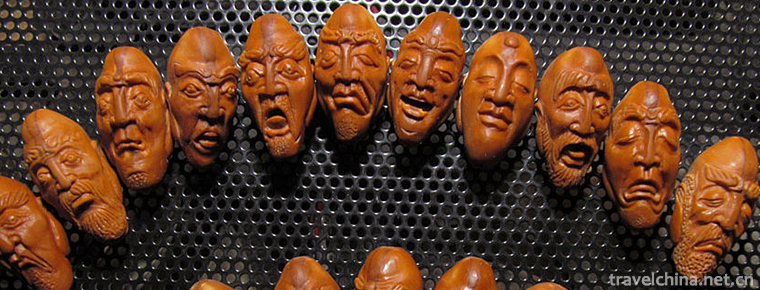
-
China Railway HighSpeedCRH
China Railway High-Speed (CRH) has two meanings: the technical standard of China High-Speed refers to the passenger dedicated line railway with 250 km/h .
Views: 151 Time 2018-11-13 -
Shenzhen Overseas Chinese Town Tourist Resort
Shenzhen Overseas Chinese Town, located in the Rhododendron Hill of Shenzhen Overseas Chinese Town, is the latest generation of large theme parks built by the Overseas Chinese Town after the splendid .
Views: 135 Time 2018-12-12 -
Yunpu Dongtian Tourist Area
Yimeng Yunpu Cave Tianshan Scenic Area is located in Feixian County, Shandong Province. There are five scenic spots: Tour Stone, Tianmeng Lake, Drunken Stone Forest.
Views: 112 Time 2018-12-22 -
Songxian Tianchishan National Forest Park
The Tianchishan National Forest Park in Songxian County, Luoyang City, is located in Xionger Mountains, northwest of Songxian County, Luoyang City, with a total area of 1716 hectares and a forest cove.
Views: 133 Time 2019-02-13 -
Buyi Folk Songs
Bouyei folk songs have special features, such as ancient songs, narrative songs, love songs, wine songs and labor songs; solo, duet, chorus and duet in form; tunes are divided into major and minor. Ev.
Views: 143 Time 2019-04-04 -
Chaomong Ancient Bow String Music
Originated in Inner Mongolia grassland, Chaoer art, known as "cultural diamond", is the predecessor of horsehead art and the unique traditional and ancient musical instrument of Mongolian..
Views: 93 Time 2019-04-16 -
Taoist Music
Taoist music is one of Chinese religious music. Taoist music is an indispensable part of Taoist rituals. It has the characteristics of foiling and rendering religious atmosphere, enhancing believers'y.
Views: 212 Time 2019-04-25 -
Glass Firing Techniques
Glass firing technology, Beijing Mentougou District, Shanxi Province, local traditional handicraft, one of the national intangible cultural heritage..
Views: 169 Time 2019-05-14 -
Yugur Costume
Yugur costume is the traditional costume of Yugur people. Both men and women of Yugur nationality wear long gowns with high collars and large skirts. Men wear red and blue belts with waistknives, sick.
Views: 137 Time 2019-07-16 -
Guangdong Opera YueJu
Guangdong Opera, also known as "Guangdong Opera" or "Grand Opera", is one of the traditional operas in Guangdong. It originates from Nanxi Opera and is popular in Guangdong and Gua.
Views: 173 Time 2019-07-16 -
Panzhihua College
Panzhihua College is the only comprehensive undergraduate college in southwest Sichuan and northwest Yunnan, where the Ministry of Education locates. The school is located in Panzhihua City, a famous .
Views: 256 Time 2019-08-31 -
Meishan peoples life
In 2019, the per capita disposable income of urban residents is 36743 yuan, an increase of 9.0%. The per capita consumption expenditure of urban residents was 23554 yuan, an increase of 12.0%; the per capita disposable income of rural residents was 18177.
Views: 340 Time 2020-12-18
